The textile industry is one of the fastest-growing and highest waste-producing industries in the world. Short trend cycles and high consumption are leading to the rapid disposal of used goods, of which half could be re-used and a quarter could be recycled, according to the Textile Waste Reduction Strategy Act. And although it is a global problem, Canadians alone send nearly 500 million kilograms of textile waste to landfills each year.
In the last fiscal year, The Salvation Army Thrift Store diverted more than 39 million kilograms of textiles from landfills, making it one of Canada’s largest collectors and a leader in textile diversion in the charitable sector. With a network of 95 thrift stores, 113 donor welcome centres, and 11 distribution and recycling centres across the country, The Salvation Army Thrift Store plays a critical role in reducing the Army’s impact on the environment.
“Within the context of The Salvation Army, our function is to generate funds to help achieve mission and have a positive influence on our communities,” says Dan Kinsey, The Salvation Army Thrift Store’s distribution and recycling director for Canada. “But we’re also always looking to spread awareness about what we do, and to find new ways to prevent items from going to landfill. It’s an all-in-one system that helps people and helps the earth.”
How It Works
Behind every local Salvation Army thrift store is a system of employees, mission partners, strategic partnerships and a fleet of 45 trucks that make the circulation of goods possible.
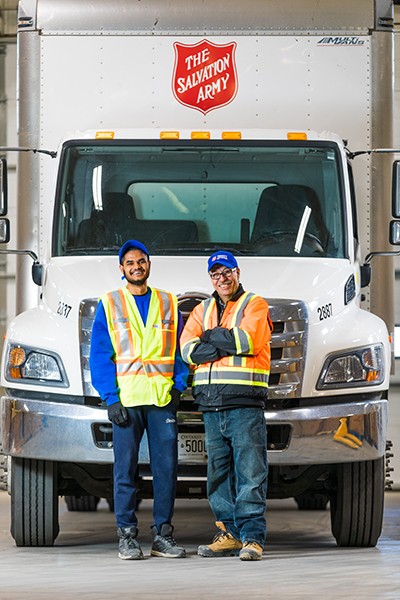
It starts with donations. The Salvation Army Thrift Store has multiple donation touchpoints including clothing and donation bins, store drop-offs and city-wide collection events. In addition to donations that come through the public, a development and sustainability department within The Salvation Army Thrift Store handles large corporate donations and national partnerships with other companies and retailers. “These partnerships typically provide us with returned and off-season items, and we collect their material and redistribute it in our thrift stores,” explains Kinsey.
Donations are then sent to the distribution centres that serve as hubs for sorting and recycling processes. At these centres, which range from 900 to 4,500 square metres, donations are consolidated and pre-sorted, and sent back out to thrift stores across Canada.
“I’m happy to say that the majority of donations we receive make it onto the floor of our stores to hopefully sell or give away through our voucher system,” says Kinsey.
The voucher system works in partnership with social services to allow people in need to receive essential goods from the thrift store, free of charge. In 2023, The Salvation Army Thrift Store gave out approximately $600,000 in retail value in vouchers. Whether someone is new to Canada and needs help purchasing essentials, or they are receiving assistance from emergency disaster services, or if they simply came through community and family services needing a new pair of shoes, the voucher system is meant to connect people with practical support.
A Second Life
While not all donated items make it to the shelves at the thrift store, an impressive 95 percent of the goods find a second chance either through retail stores or sustainable secondary market partners. Only a small margin, approximately five percent, is deemed unsuitable and responsibly disposed of.
The Salvation Army Thrift Store partners with ethical, North America-based companies that purchase materials, such as electronics recycling programs run by the government. This partnership allows The Salvation Army Thrift Store to accept used electronic donations, no matter what condition they are in.
“We get donors who might bring old iPhones that don’t work, but we can still accept them because we have a program for it,” Kinsey notes. “Or, for example, if we have books that are unsuitable for selling, we might send them to cardboard and pulp paper recycling businesses such as Cascades.”
Salvation Army thrift stores accept gently used goods,such as clothing and textiles, shoes, belts, purses, electronics and small pieces of furniture. But, according to Kinsey, they are “open to a wide range of items,” because even items that might not have retail value can still find another life through the partnerships and recycling options available to The Salvation Army Thrift Store.
Sustainable Stores
In stores, small changes such as a switch from plastic to metal hangers, and the transition to energy efficient LED lighting, are practical ways that The Salvation Army Thrift Store maintains its commitment to environmental stewardship and sustainability.
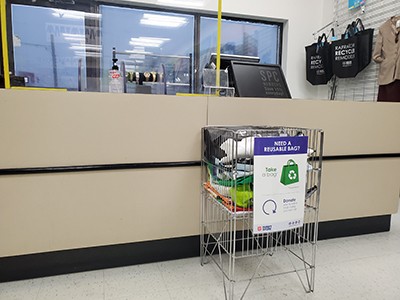
In April 2023, The Salvation Army Thrift Store introduced a sustainability initiative called the reusable bag library. Cloth and reusable bags are made available near the cash registers at each store, allowing shoppers to take a free bag to carry their purchases, reducing the reliance on single-use plastic bags. The program also invites people to donate their reusable bags during their next visit to the store.
“The reusable bag library is a simple and effective way to make an impact on the planet,” says Kinsey. “It’s been very well received by guests, and even our staff take part.”
Thrift Stories
When faced with the decision to throw away old or unused items, or to send them to another organization or store, many people say that the Army is their first choice.
After the painful loss of her mother at Christmastime, Leanne was tasked with finding a new home for the belongings in her mother’s house. “I tried setting up stations to categorize all the items we planned to give away. I stopped counting after gathering more than 20 garbage bags of donations. I spread the generosity all around—to my local church, the Dominican Republic and the Salvation Army thrift store,” Leanne explains. “I feel great donating my items to The Salvation Army because I know they are always at the forefront and ready to help.”
Andrew’s family challenged themselves to collect 500 items from their home to donate, but the annual community pick-up event with another organization had been cancelled. “I would rather donate to The Salvation Army,” says Andrew, who brought several boxes of gently used goods to the Army thrift store in Guelph, Ont. “I feel better knowing that my donations will be useful here as opposed to just going to the dump.”
Like Andrew, Lori is another donor who prefers to send unused items to the thrift store where they can find a second life with someone who needs them. “We don’t throw anything away,” she says. “As long as it is clean and can be used again, everything is donated, reused and recycled.”
Good Works
For shoppers, a trip to the thrift store might result in a good bargain or a new outfit, but every dollar spent at The Salvation Army goes toward a greater mission. The funds generated by thrift store sales help fund Army services, helping millions of people in need each year.
Through its GoodWorks@Work initiative, The Salvation Army Thrift Store raises money in stores to support Army campaigns, such as Send a Kid to Camp, anti-modern slavery and human trafficking, international development and Christmas kettles. Last year, The Salvation Army Thrift Store raised more than $780,000 to help provide additional support to Army work.
The Salvation Army Thrift Store is not just about selling second-hand items; it’s about creating a positive impact on the environment and supporting the Army’s work in communities across the Canada and Bermuda Territory.
87,017,461 lbs
diverted from local landfills
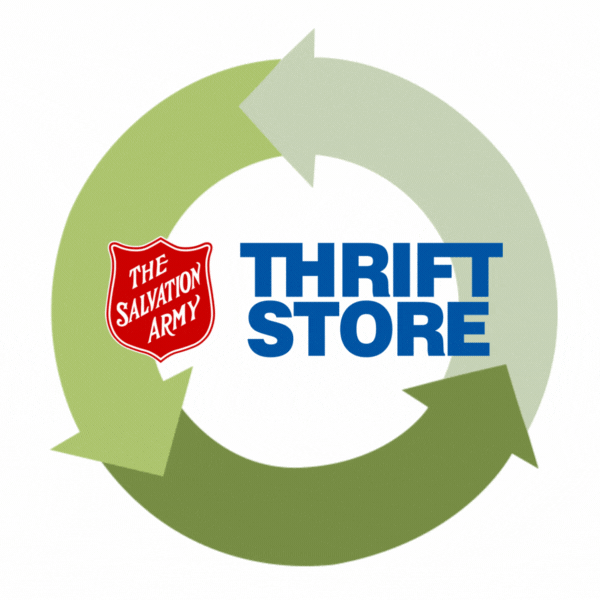
Last fiscal year, The Salvation Army Thrift Store diverted:
30,774,402 lbs
of clothing & textiles
22,795,108 lbs
of household items
10,735,074 lbs
of electronic & metal
22,712,877 lbs
of books, paper & pulp
Through this diversion:
882,165
tonnes of carbon emissions displaced
146,041
kilolitres of water saved
40,517,568
trees planted
191,775
cars removed from road

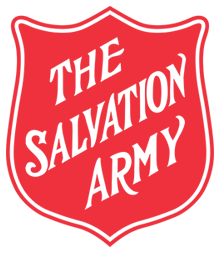
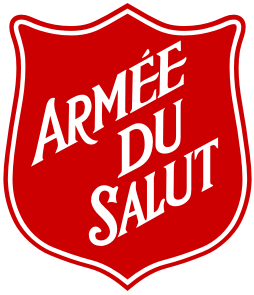

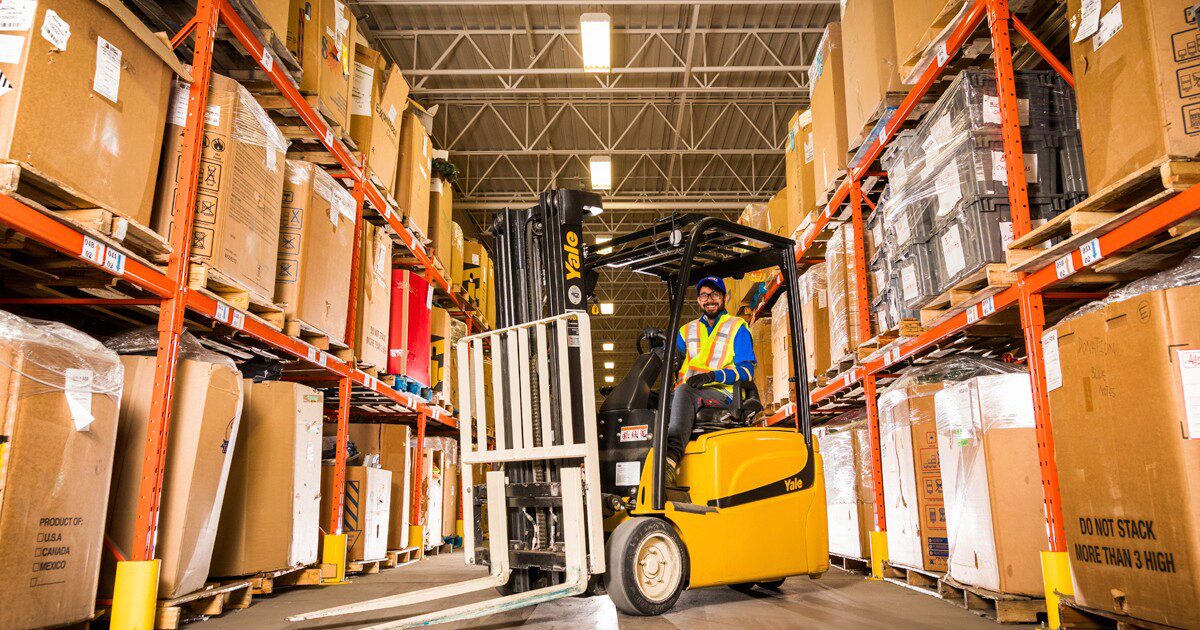





Leave a Comment